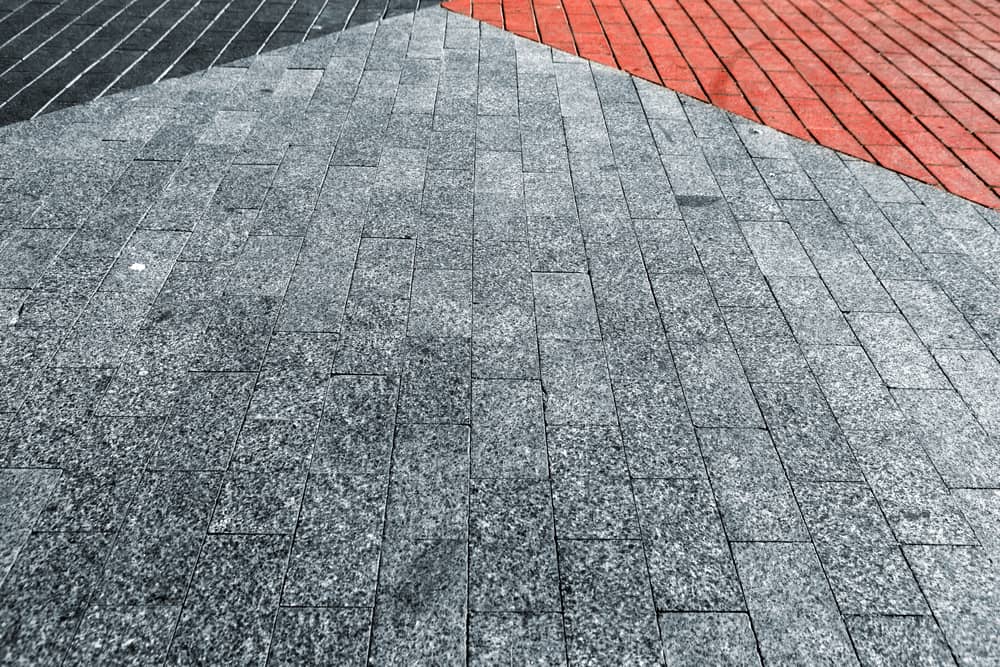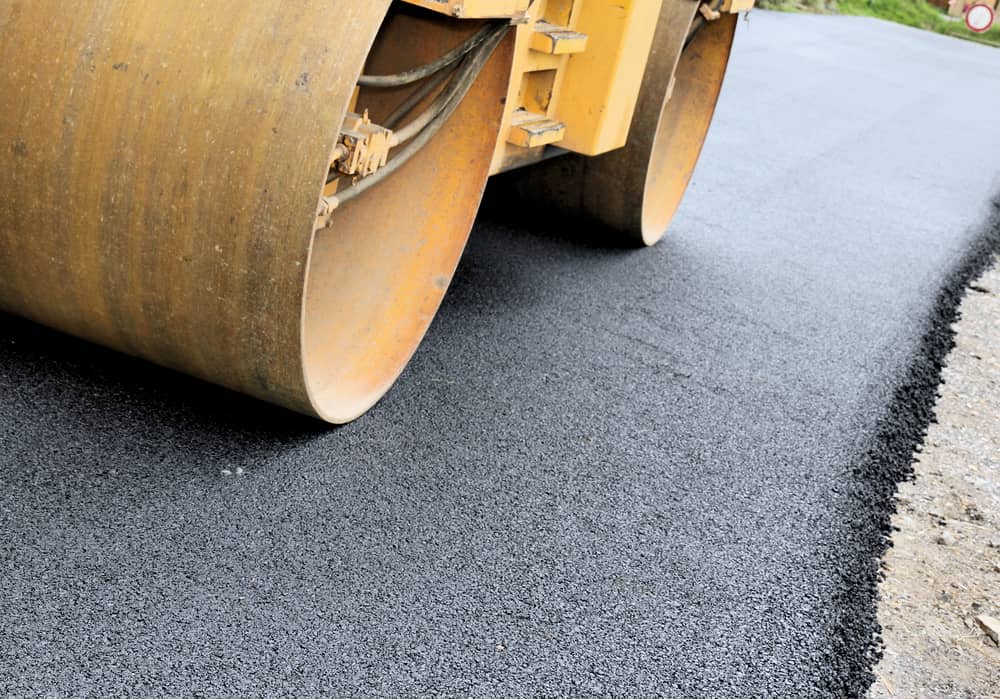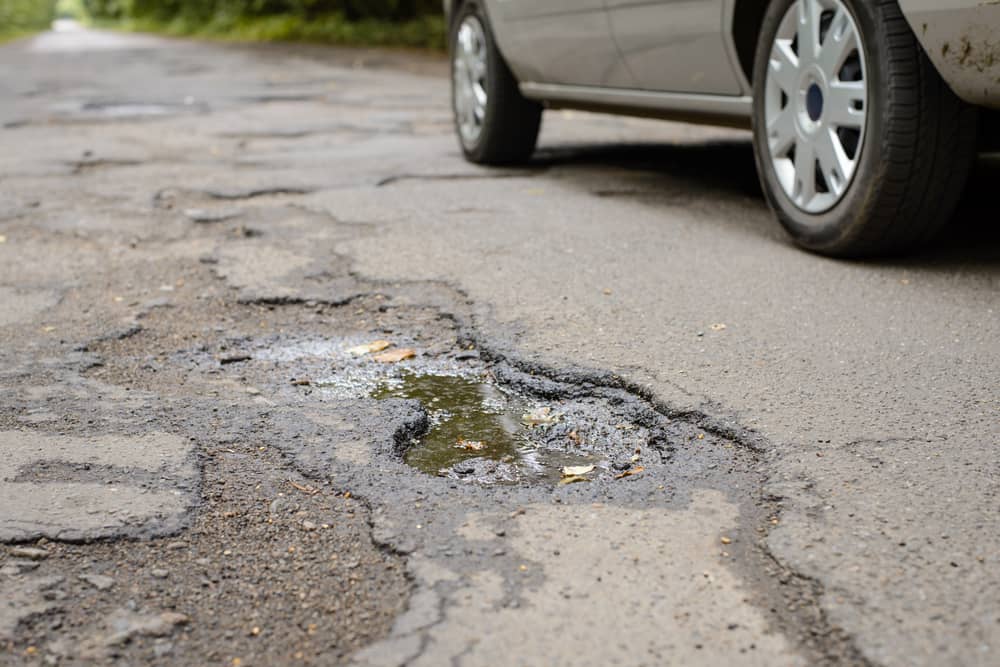5 Fundamentals to Efficiently Build a Driveway with Excavation
Driveways are an understated asset of any property, be it residential or commercial. Properly build a driveway with excavation and it significantly boosts your property's functional and cosmetic appeal, raising its commercial value and capability to suit your needs.
A well-built driveway lets occupants park their vehicles hassle-free while also allowing them to walk and drive safely to and from the property’s premises. Aside from these practical reasons, a polished driveway will also let your property stand out—raising its future salability.
So if you are looking to build or renovate your worn-out driveway, here are 5 things you should anticipate and prepare to build a driveway with excavation:
Make your end goal clear
Whether you are building a new driveway from scratch or looking to improve your current one, arriving at a clear vision of what you want and what you need can help make the next steps easier to tread. Considerations such as materials, cost, and even the contractors you will hire will all depend on the vision you have for your driveway.
Commonly, planning starts with knowing the cost restrictions. This is where the size of your driveway comes into play. For instance, using gravel can be the wisest choice, especially if your driveway is spacious. However, the more expensive brick, pavers, or stamped concrete might be feasible for smaller driveways. Keep in mind that larger driveway areas do not necessarily entail a larger construction costs.
Next, what is the look you are going for? If you want the traditional concrete or asphalt look, a bricked driveway, or a lower-maintenance gravel driveway, a clear target will help make the construction and transactions smoother. However, you would have to keep in mind that not all of these materials are resilient in all climates, with some even cracking or shifting over time.

Even if you are unsure about some specifics of your driveway, having a general vision will help narrow down your options and help you decide the best option according to your budget, function, and visual requirements.
Hiring experts will go a long way
In choosing the right excavation contractor for your project, remember that there are non-negotiable factors your contractor should bring to the table. At first glance, hiring amateurs might look like the cost-effective route to build a driveway with excavation, but the process can be unexpectedly rigorous and require much priming.
Ensuring all technical due diligence is done correctly greatly helps in giving you a driveway that can withstand extended stress, allow smoother and safer transport by staying even for a long time, and overall saves you bucks from minimal maintenance work or repair jobs.
Much like any construction project, you get your money’s worth when you get the job done right the first time. Using the right equipment, tools, and expertise, a professional excavation contractor helps accelerate the project timeframe, which can be a huge cost-saver.

For instance, some excavation services providers can provide end-to-end services for your driveway installation. From site analysis and planning, excavating to make way for your driveway’s foundations, installing drainage infrastructure, paving to evenly lay your chosen material, landscaping to give your new or improved driveway a polished look, up to cleaning up the site from debris and equipment.
Choose the appropriate driveway foundation
A long-lasting and high-quality driveway relies on its foundations. This is why choosing the appropriate substructure for your driveway is one of the major determinants of its shelf life and deterioration rate.
Once the excavation is done, there is now a void that needs to be repleted with a stone and gravel base. How thick this foundation should be will depend on your property’s soil type. For instance, porous soils such as sandy ones will typically only require 4 inches of stone and gravel base since this soil type drains water quickly. On the other hand, for clay-type soils, 8 inches of stone and gravel base is needed since it requires more time for water to pass through.
This is why site analysis and planning is a crucial part of preparing a site for construction. Determining the soil quality and terrain helps your contractors choose the best-suited soil type for your driveway, letting them appropriately prepare and install structures that will last longer.
However, be on the lookout for contractors who skimp out on the foundations so they can quote you a lower price. When it comes to hiring excavation professionals, a lower upfront cost will not necessarily mean greater savings.
Watch out for your driveway drainage
Just like any construction, moisture is one of the leading causes of erosion and cracking in your driveway. Aside from this, excessive water can cause molding in your driveway, which can be an eyesore as much as it is a hazard for walking.

Driveway drainage allows surface water to slide away onto the ground instead of pooling into your driveway. Professionals who build a driveway with excavation know to prepare the drainage infrastructure ahead of time, which can come in the form of a sloped driveway or a channel drain system.
Without proper drainage, the pooled water from your driveway can head toward your house or commercial building and eventually seep through its interior walls and floors. Aside from being a structure hazard, this dampness and mold can also cause health problems for its occupants.
Take care of your new driveway
Once your new or improved driveway is fully installed, avoiding putting any weight on it during the first few weeks is crucial to prevent early damage. For the first 72 hours or 3 days, allow the driveway to cool completely. If it is unavoidable to walk on it, wait for at least 24 hours before you walk on the freshly-laid driveway.
For vehicular use, however, the heavier load requires more time before your new driveway can bear its full weight without taking damage. Avoid driving on it for the first 72 hours or 3 days, and definitely avoid parking on it for the first 14 days. Note that heavier vehicles such as campers or trucks will require more time before your driveway can safely accommodate them.
Although a driveway is generally low-maintenance, it is still important to administer regular maintenance and cleanup work on it so you can prevent potholes, bumps, crumbling, or cracks.
Final word of advice
Much like any project on your property, using high-quality materials and hiring qualified professionals to get the job done greatly determines not only the final result of your driveway but the smoothness of the experience as well.
Although building or renovating your driveway does not necessarily cost an arm and a leg, ensuring you use top-quality resources for its construction gives you a resilient driveway that can easily withstand years of use and serve your needs with minimal issues. Build it right the first time, and you will find your return on investment on your new or renovated driveway worth every penny.
At the end of the day, a driveway’s purpose is to carry heavy loads such as vehicles or equipment for extended periods. Properly priming your driveway and equipping it with the appropriate substructures and materials saves you from expensive rework construction, minimizes maintenance work and potential headaches in the long run.